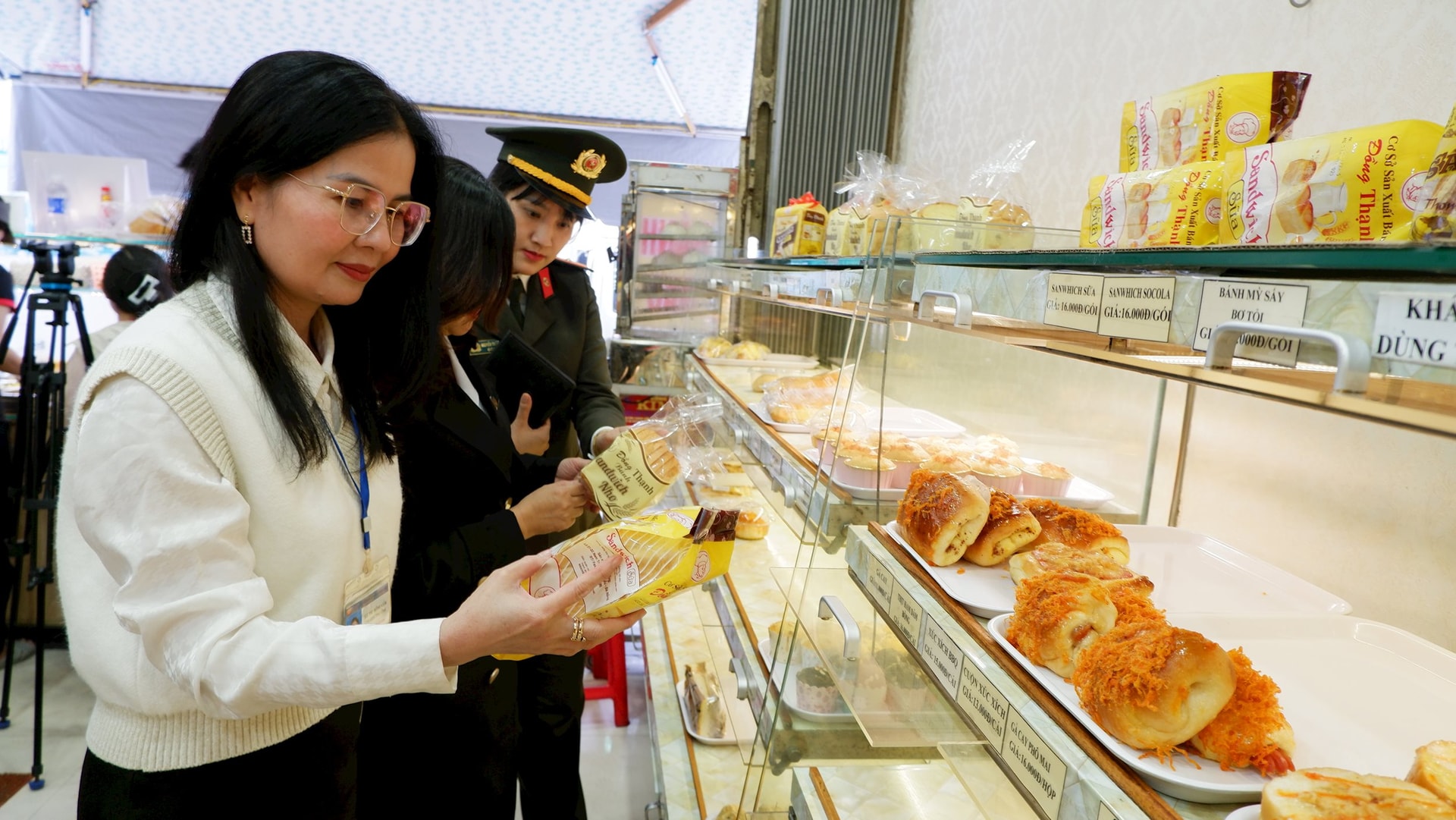
Along with the speed of urbanization, the food consumption system in big cities… is also becoming more complicated.
The gray areas
At Hoa Cuong wholesale market (Hai Chau, Da Nang city), hundreds of tons of vegetables and fruits are brought in every day. From here, agricultural products from the Central Highlands, the West and the Northern provinces will be transported by traders to supply to the people of Da Nang and neighboring areas.
This is also where traders from many large markets in Quang Nam buy, sell and exchange to do business in many localities. Ms. Nguyen Thi H. - a trader at Vinh Dien market (Dien Ban) said that she has nearly 15 years of experience transporting agricultural products here to distribute to other businesses in Dien Ban and Hoi An areas.
Every day, thousands of tons of vegetables, meat, seafood, processed foods... are transported into urban areas from hundreds of different sources - some sources are clear, some sources... are very difficult to count.
In 2024, according to a report by the Ministry of Health , the country recorded nearly 100 cases of mass food poisoning, with more than 3,200 people infected, mainly occurring in urban areas, industrial parks and schools. More worryingly, 40% of the cases could not trace the origin of the food.
The Food Safety Department (FSD) stated that urban areas are places that directly consume products, but do not directly produce food. The “traceability gap” starts from the long supply chain, interwoven between traditional markets, convenience stores, industrial kitchens and online sales applications - where uninspected food can easily enter people's meals.
In urban areas, food safety is often envisioned in supermarkets with QR codes tracing the origin of each bunch of vegetables. However, in reality, more than 70% of urban food still comes from flea markets, street vendors, and cheap street food stalls.
Functional forces such as the Department of Food Safety and Hygiene, Market Management, Preventive Medicine, etc., despite their efforts in inter-sectoral inspection, are still "exhausted" by the enormous scale and constant changes of the unofficial food market.
“Many establishments that violated the law after being re-inspected have “changed” their names, acquired new licenses, and continued to operate. Meanwhile, inspection resources are not enough to monitor every corner,” a food safety inspector in Ho Chi Minh City told the press.
Managing online food and delivery via apps is even more difficult. There are no specific laws that bind family kitchens that sell hundreds of meals a day from apartment buildings.
Currently, the digitalization of food safety control is beginning to be recognized in countries with the requirement that restaurant and eatery systems deploy a number of tracking and reporting applications, even using AI to analyze data and give warnings about risks when using food in each environment and region.
Dream... safe food supply chain
To ensure food safety in urban areas, we cannot just wait for inspections or short-term campaigns. According to information from the Food Safety Board of Da Nang City, the locality has implemented many measures to control food safety at wholesale markets, especially Hoa Cuong market and Tho Quang fishing port.
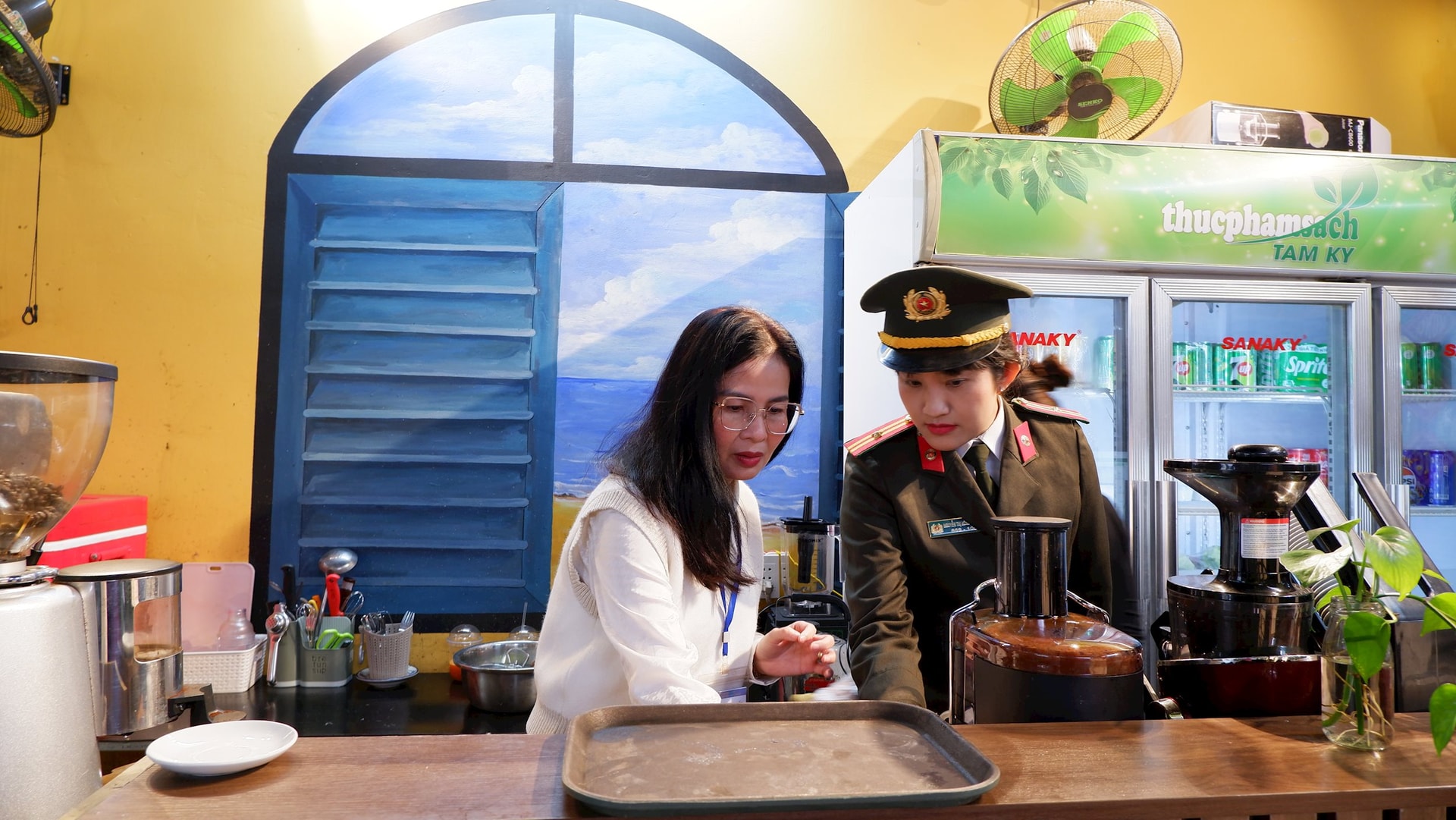
The Da Nang City Food Safety Management Board has signed food safety commitments with about 500 business households, issued food safety certificates, and regularly collected samples to monitor pesticide residues.
In addition, Da Nang has implemented a chain of "Clean food for schools", cooperating directly with agricultural cooperatives in Quang Nam and some localities in the region, helping more than 30 schools have a source of food controlled from the input.
In the two largest cities in the country, while Ho Chi Minh City applies blockchain technology in the clean vegetable supply chain - each bunch of vegetables when reaching the buyer has a QR code that can be traced from the time of planting, Hanoi is expanding the model of "pilot food safety market", requiring all stalls to clearly list the origin, quickly check for pesticide residues right at the market. However, these models are still small-scale, not yet spreading to the system of flea markets and street vendors, which are the "backbone of street food".
Quang Nam has just required food businesses to list prices and publish QR codes of OCOP products and some typical products. Collective kitchens in industrial parks and schools are required to keep samples for testing if there are any related issues later.
Food safety assurance in most localities, mainly urban areas, is still limited to communication and raising public awareness. Stronger measures are required so that city residents can truly enjoy safe meals.
Source: https://baoquangnam.vn/bua-an-o-thanh-pho-3153745.html


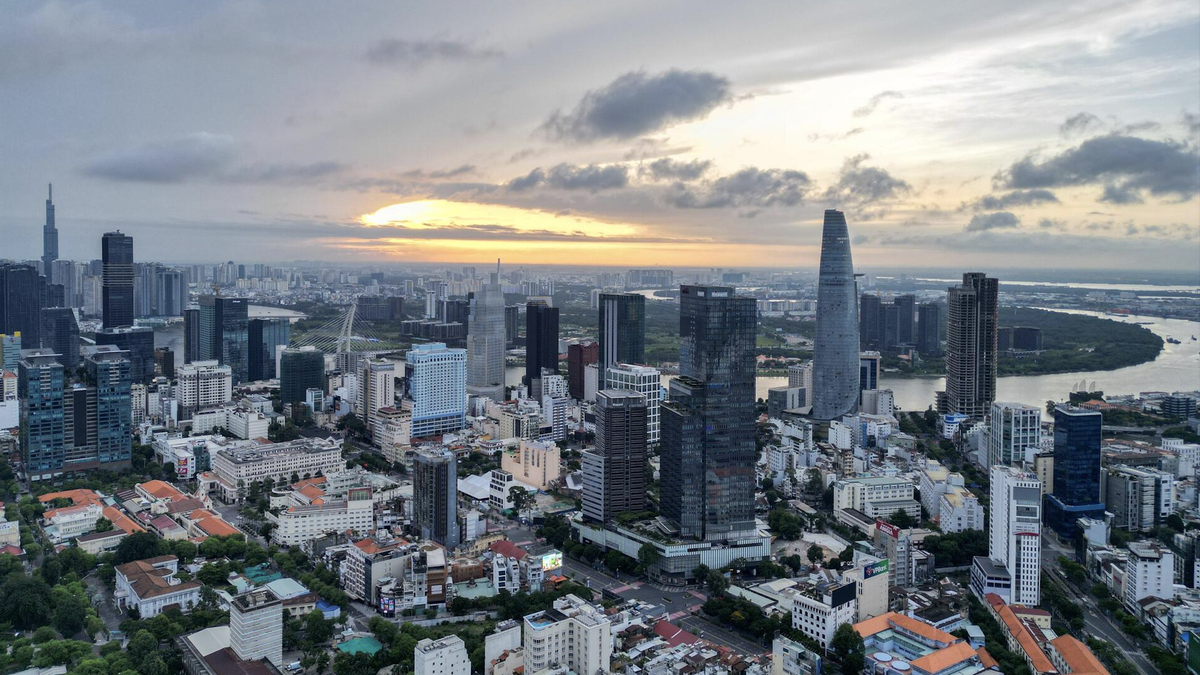
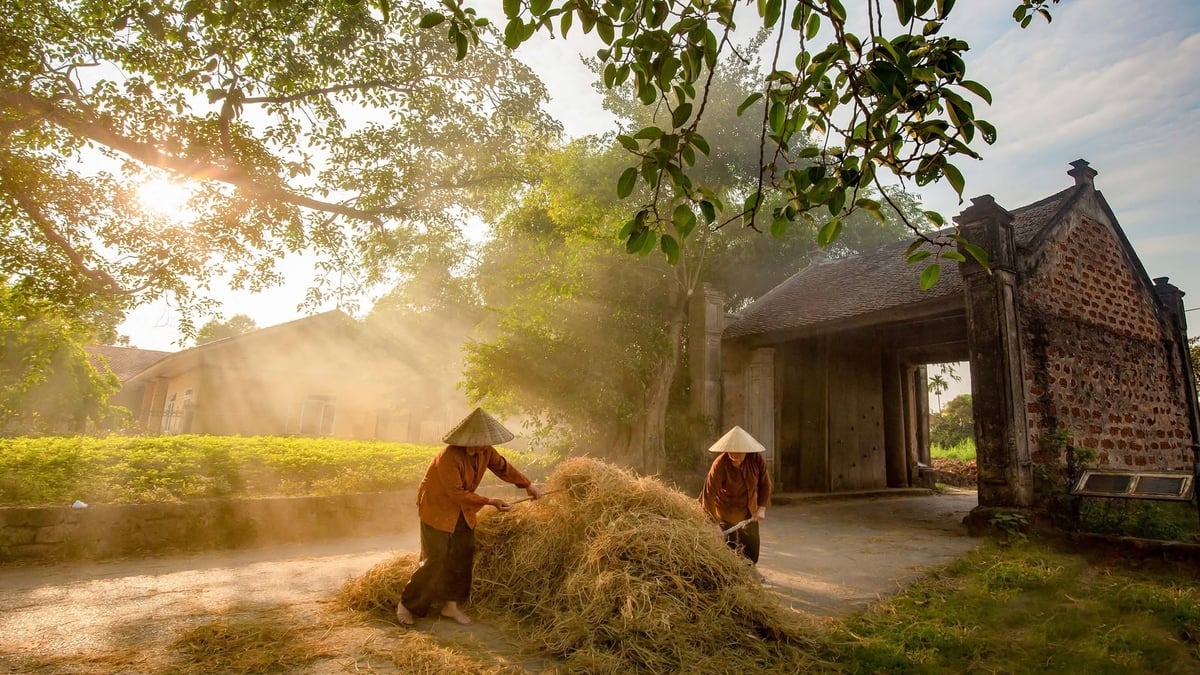
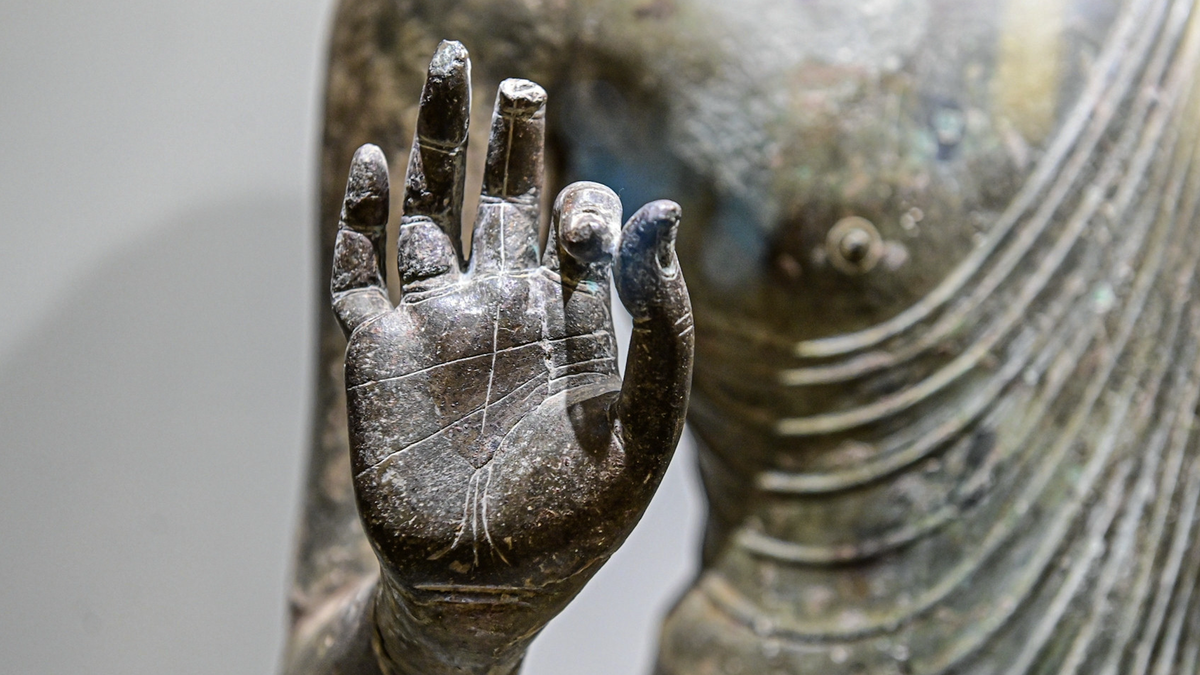

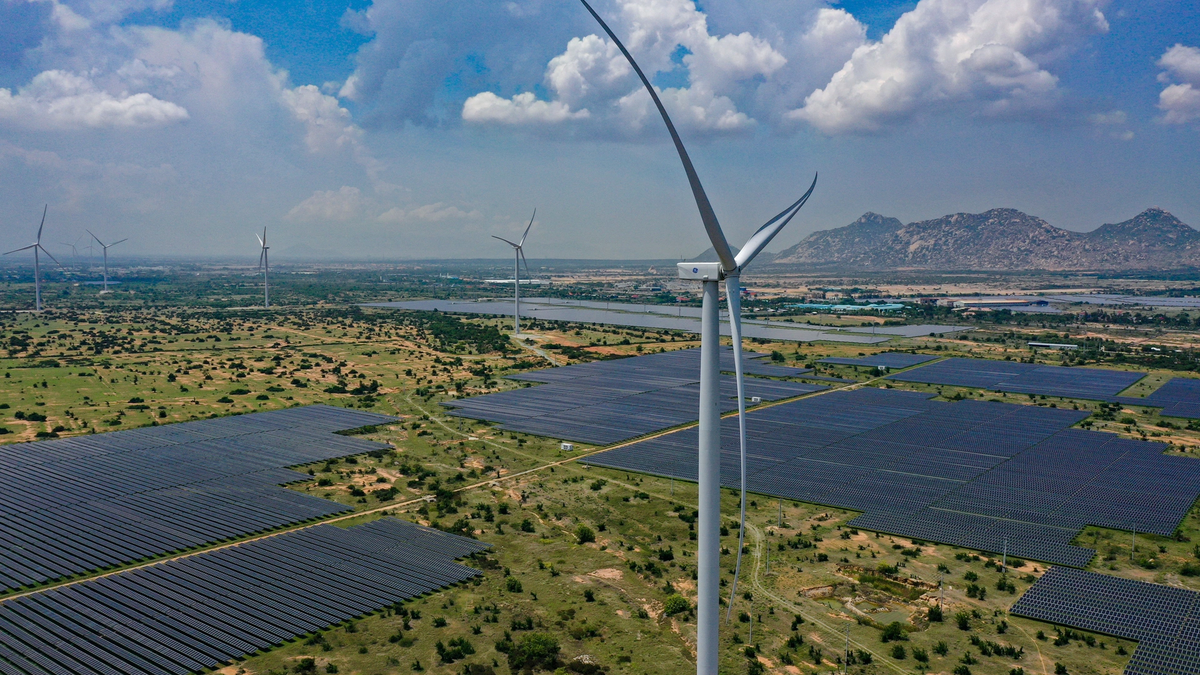
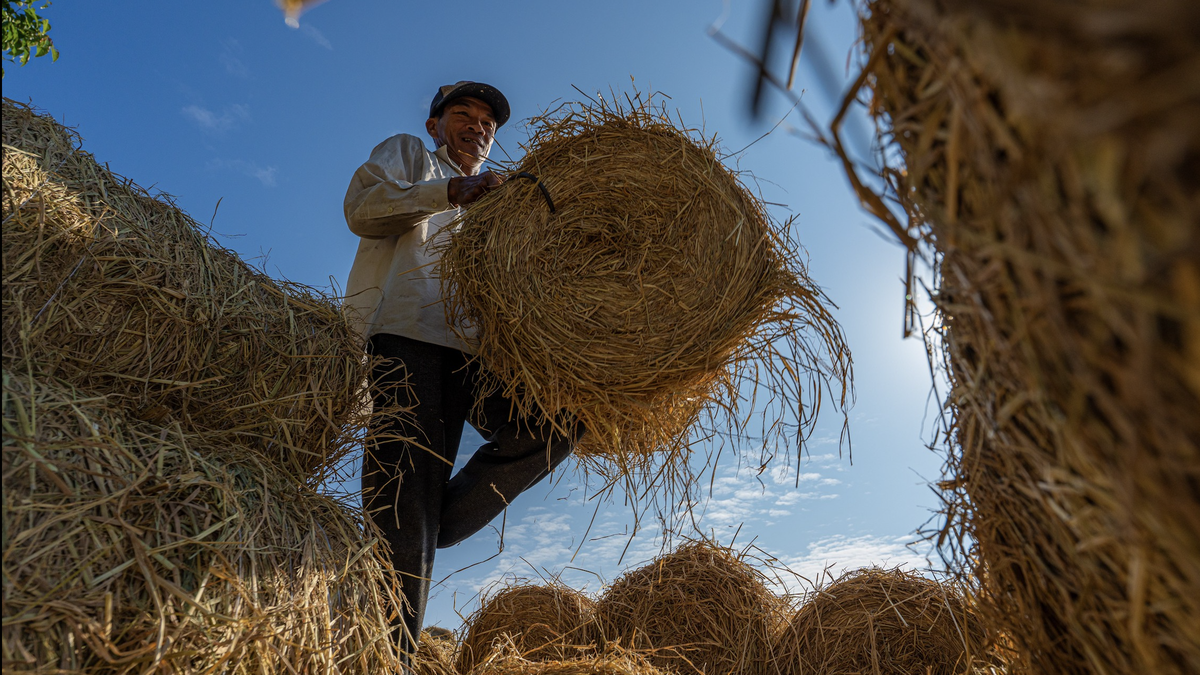
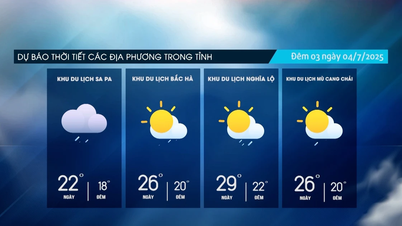



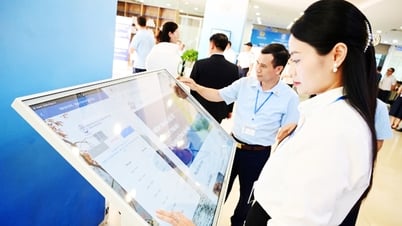

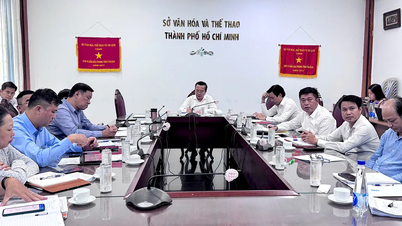

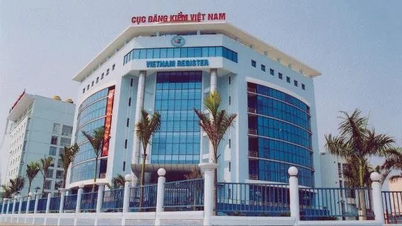






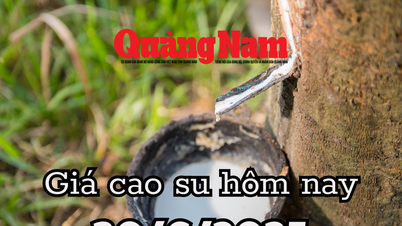

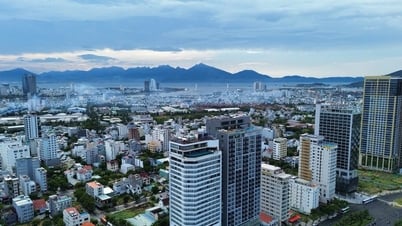







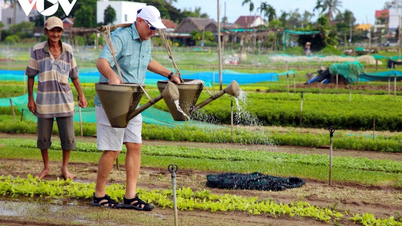

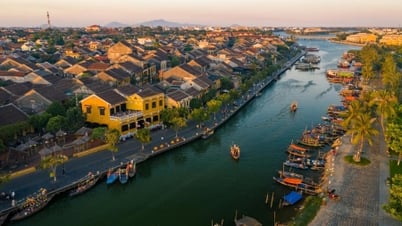



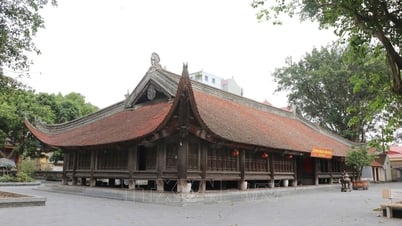







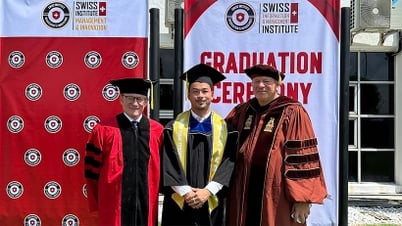




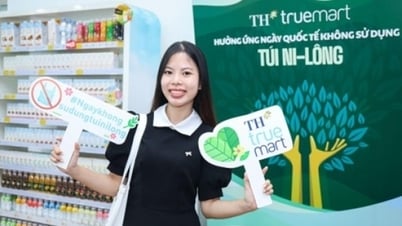




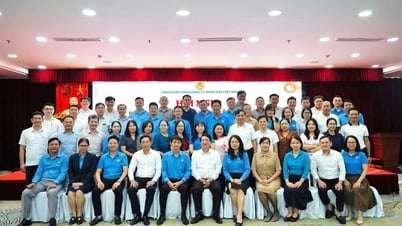
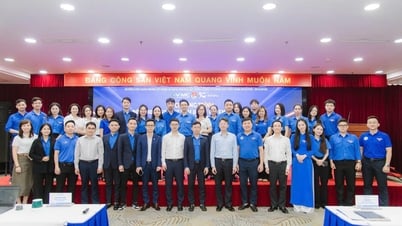











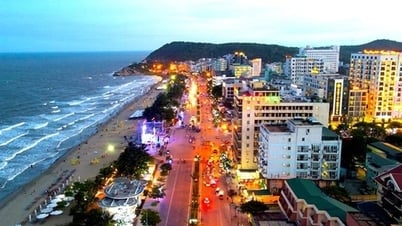

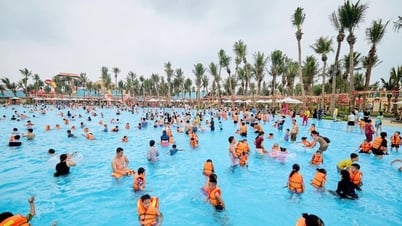
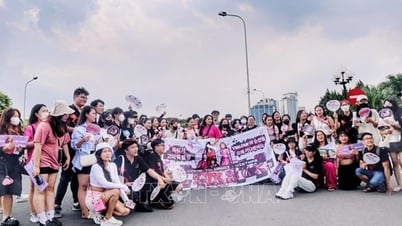
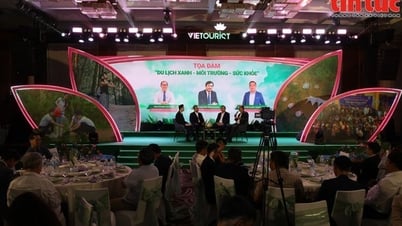
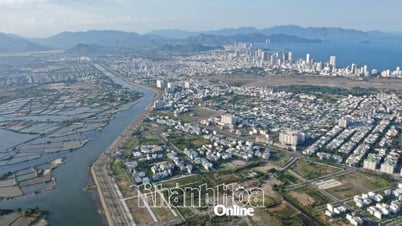



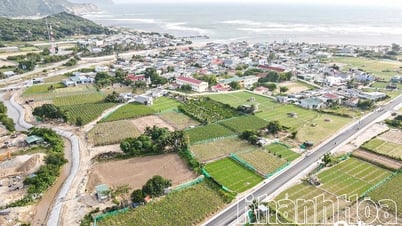
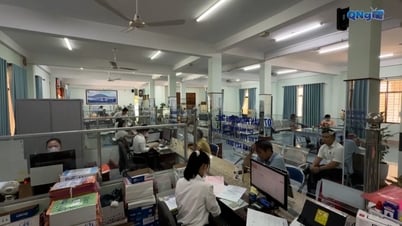


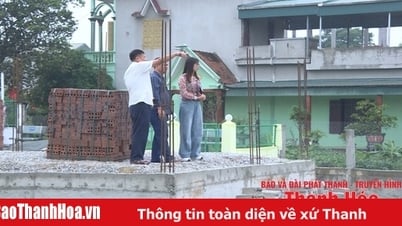
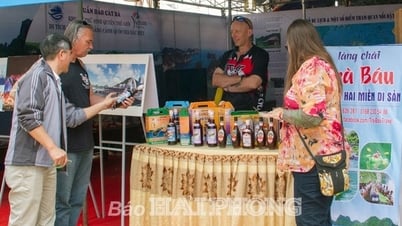
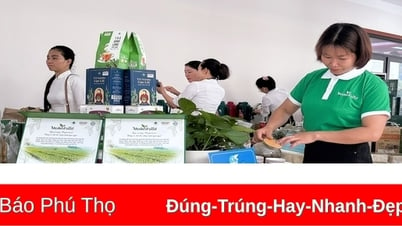

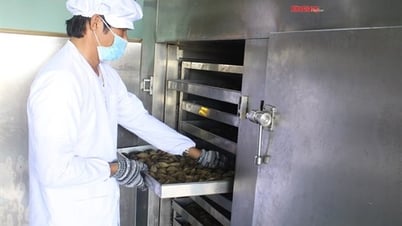

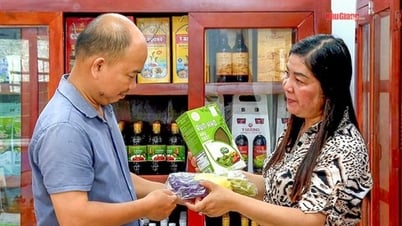
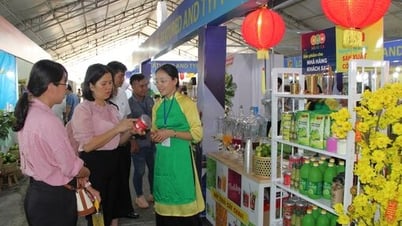

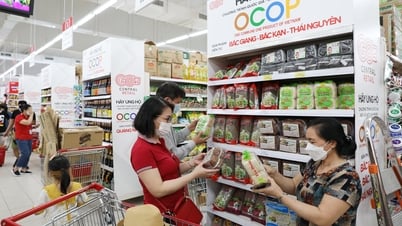



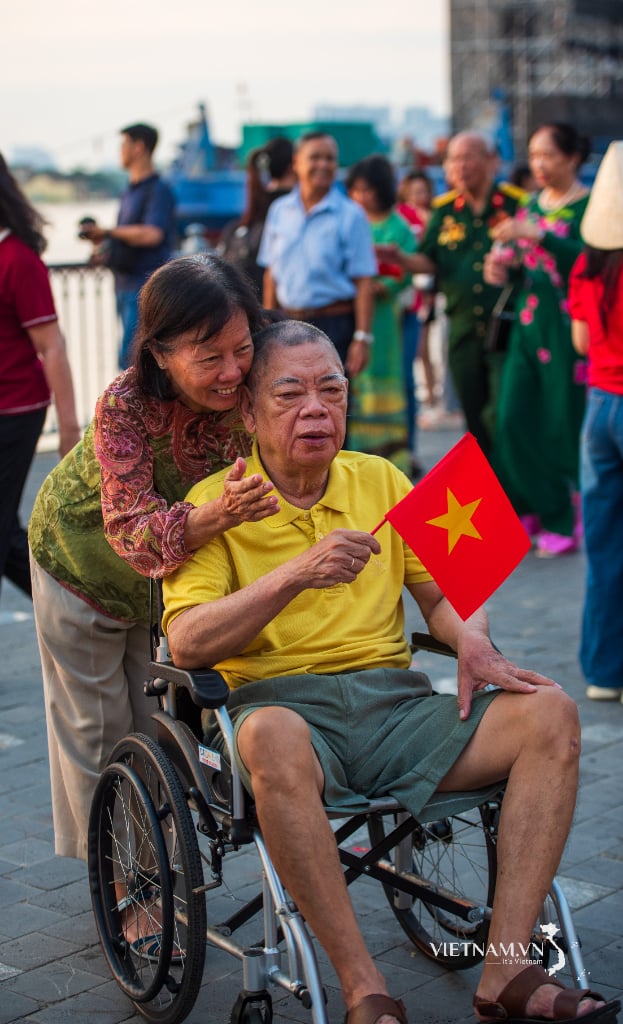
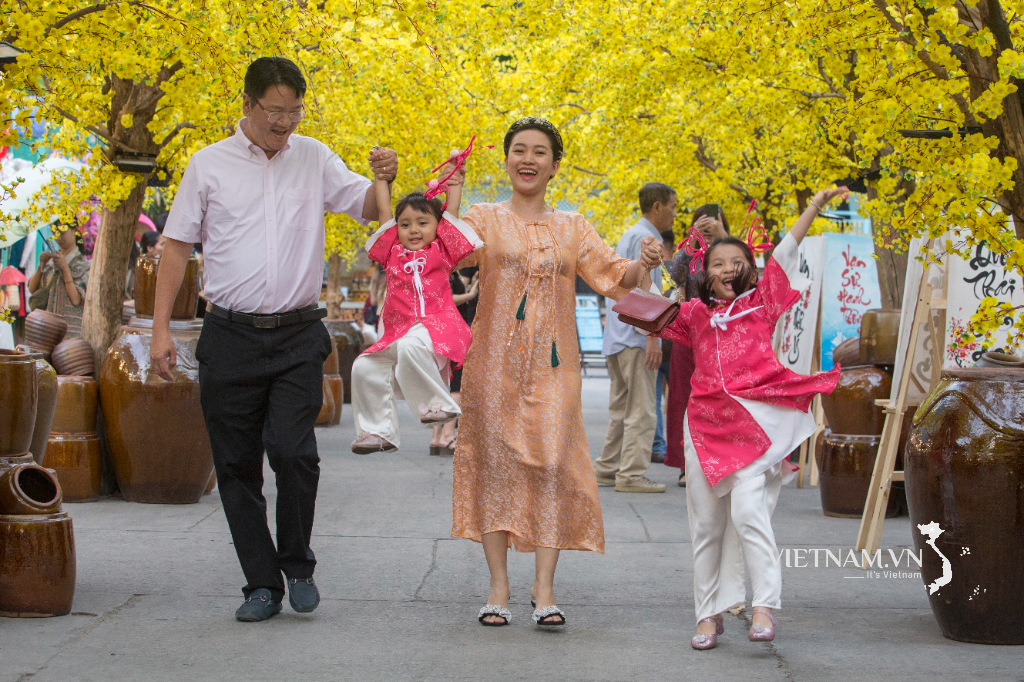

Comment (0)